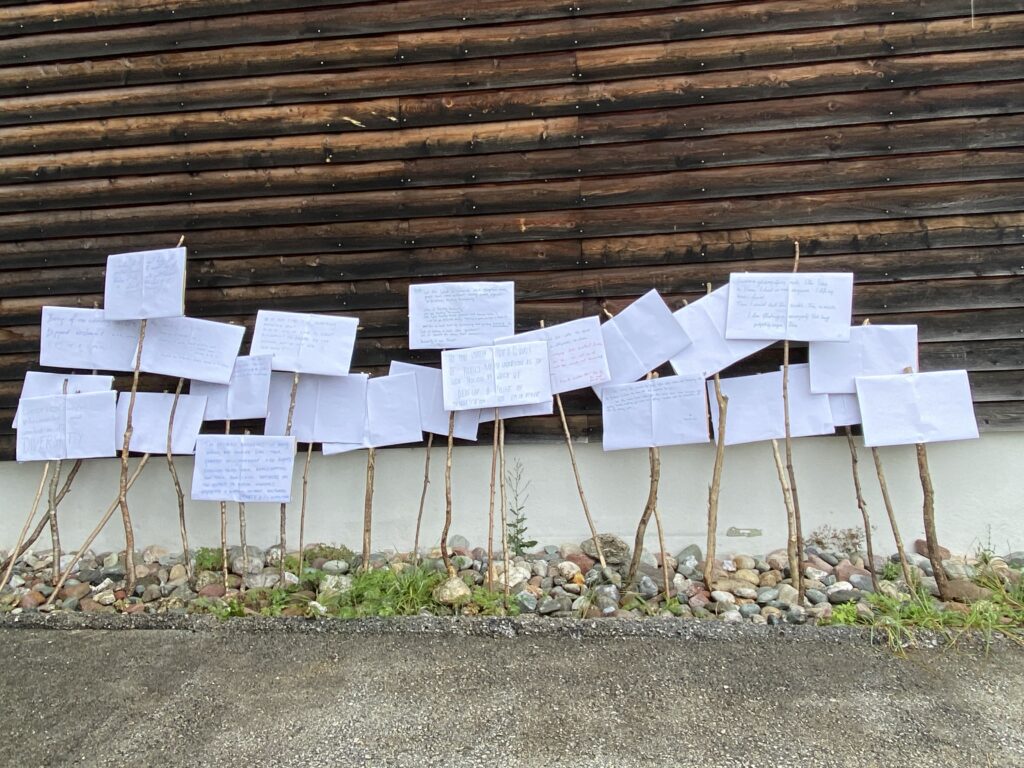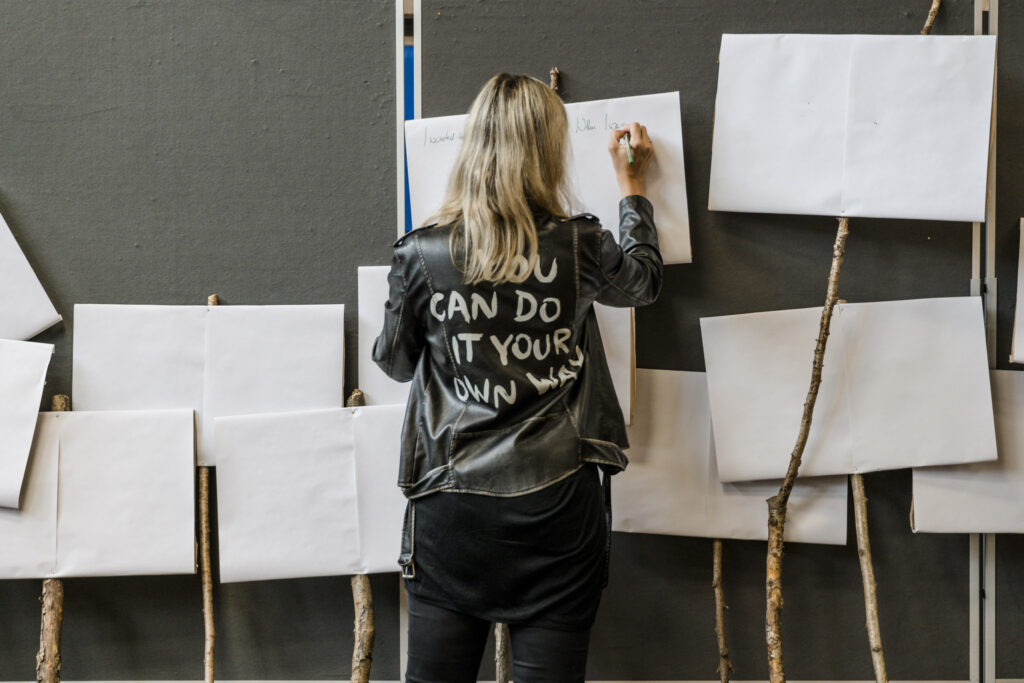The common horizon of meanings, in which we can act as political actors, is always in the making. This endows us with the freedom to participate in its making. So, where is this ever changing horizon built and how?

© Science of Singularities
Images, narratives, concepts, uses of language, which we are accustomed to, contribute to define the boundary between the real and the imaginary, between fact, unrealisable dream and possibility. They appear as stable, as if their setting and boundaries have never changed. This is a chimera.
An eye sensitive to the historical changes that have taken place and courageous to question the normal can see the possibilities in the midst of the given, and identify how the apparent are just the result of former imagination. Thus the ability to give a linguistic or visible form to the possible can shift the framework of meaning and carries the promise to enhance each individual’s access to democratic life. Imaginative skills emancipate citizens by enabling them to question the dogmatic force of the present, which presents itself as an unchangeable reality that leaves no space for alternatives.
The radical imagination is the ability to imagine the world, life and social institutions not as they are but as they might otherwise be. It is the courage and the intelligence to recognize that the world can and should be changed. But the radical imagination is not just about dreaming of different futures. It’s about bringing those possible futures ‘back’ to work on the present, to inspire action and new forms of solidarity today.
Max Haiven, The Radical Imagination

© Matteo Vegetti
Democratic imagination is a methodological approach that employs artistic practices and “operations” in order to render them operational for collective imagination of a different present and future.
The artistic practices can be a resource for altering the perspective on what we are used to for they introduce an alterity: poetical language and artistic images, sometimes unintelligible, form voices that clash with norms and habits of our seemingly rationalized world and are thus challenging exclusionary thought patterns. The implementation of such practices can therefore liberate a form of imagination that is democratic in a deep sense, i.e. radically inclusive.